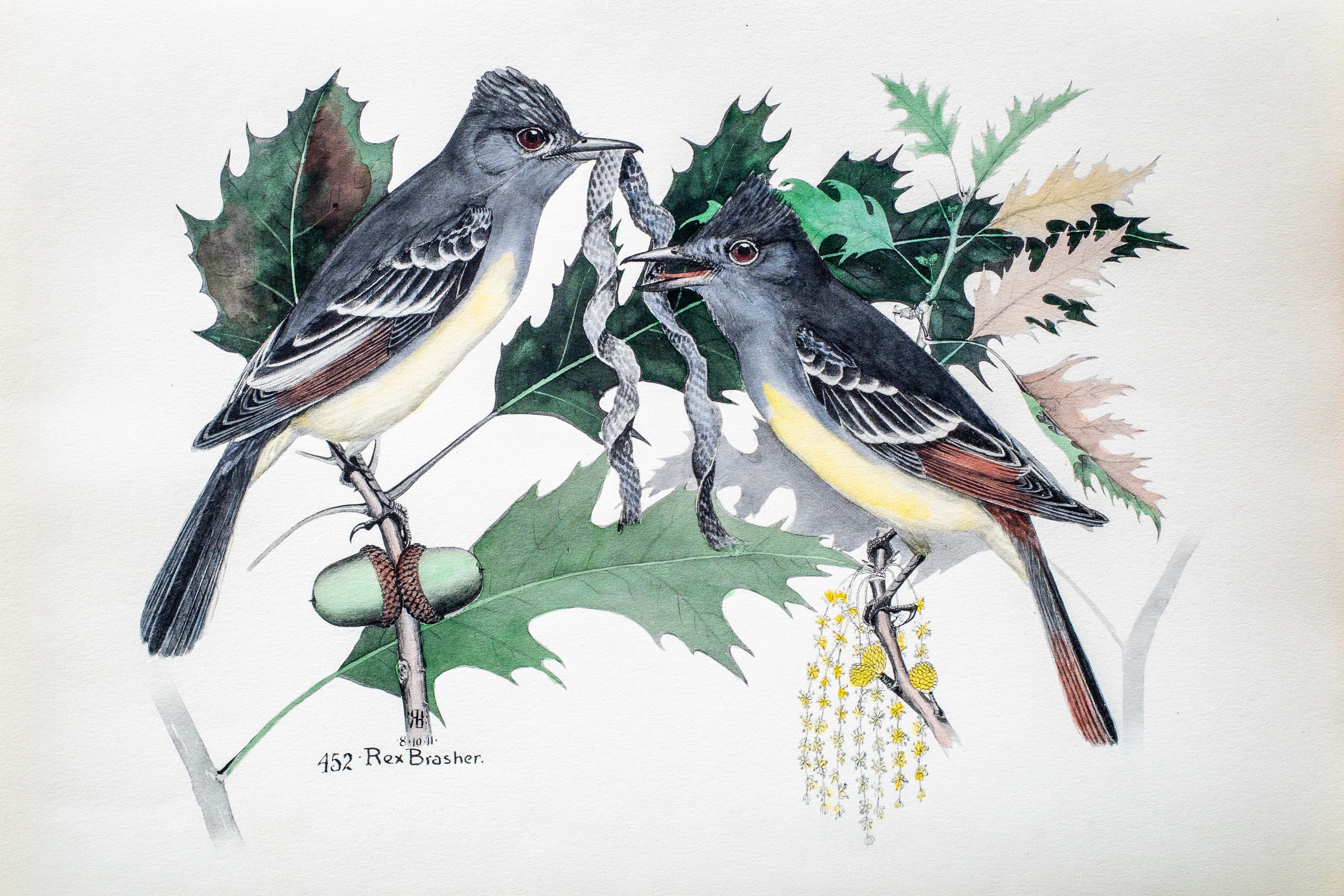
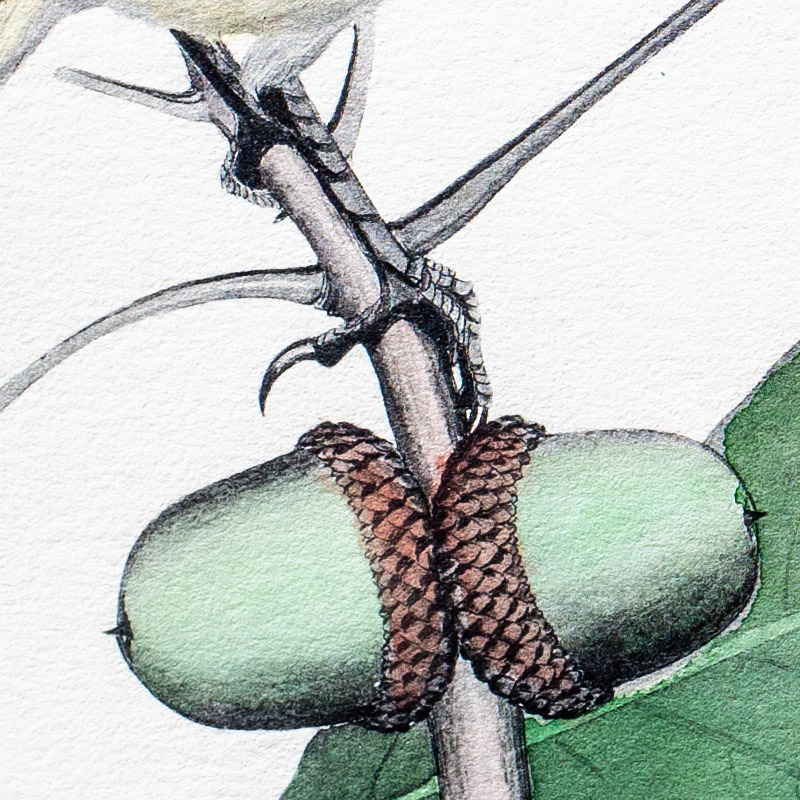
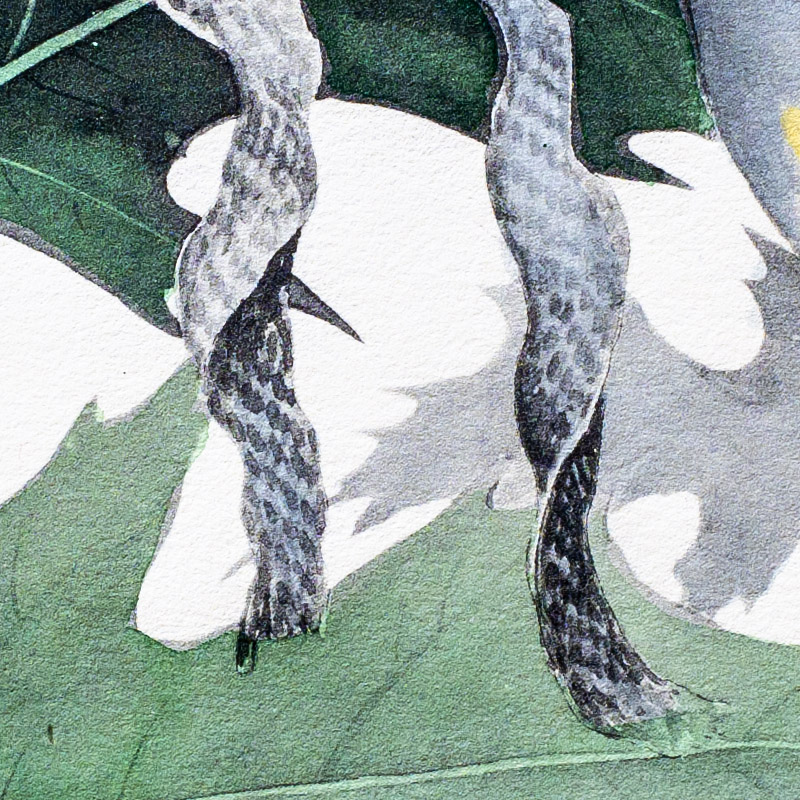
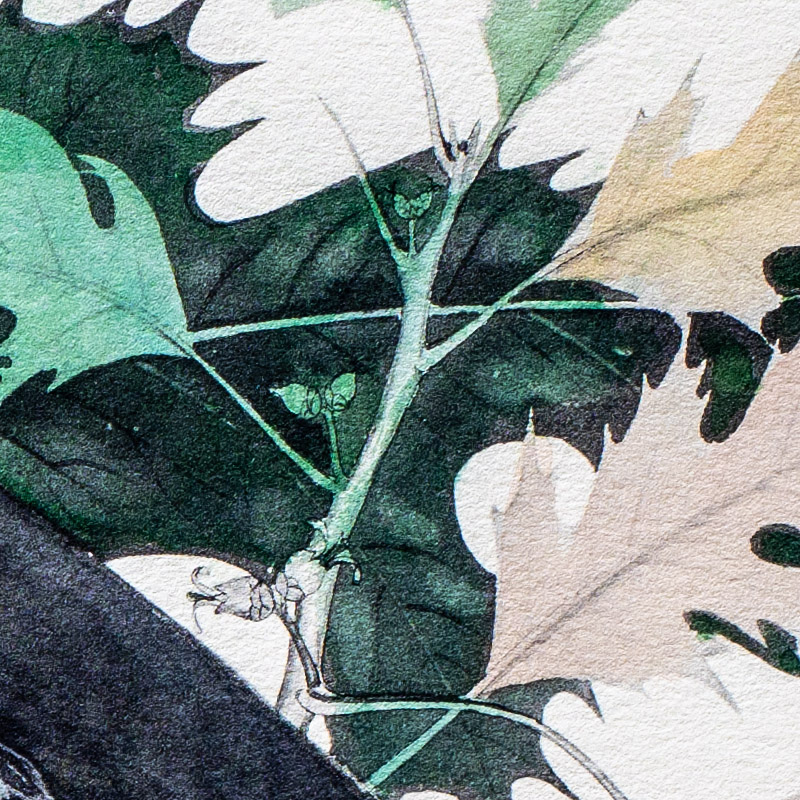
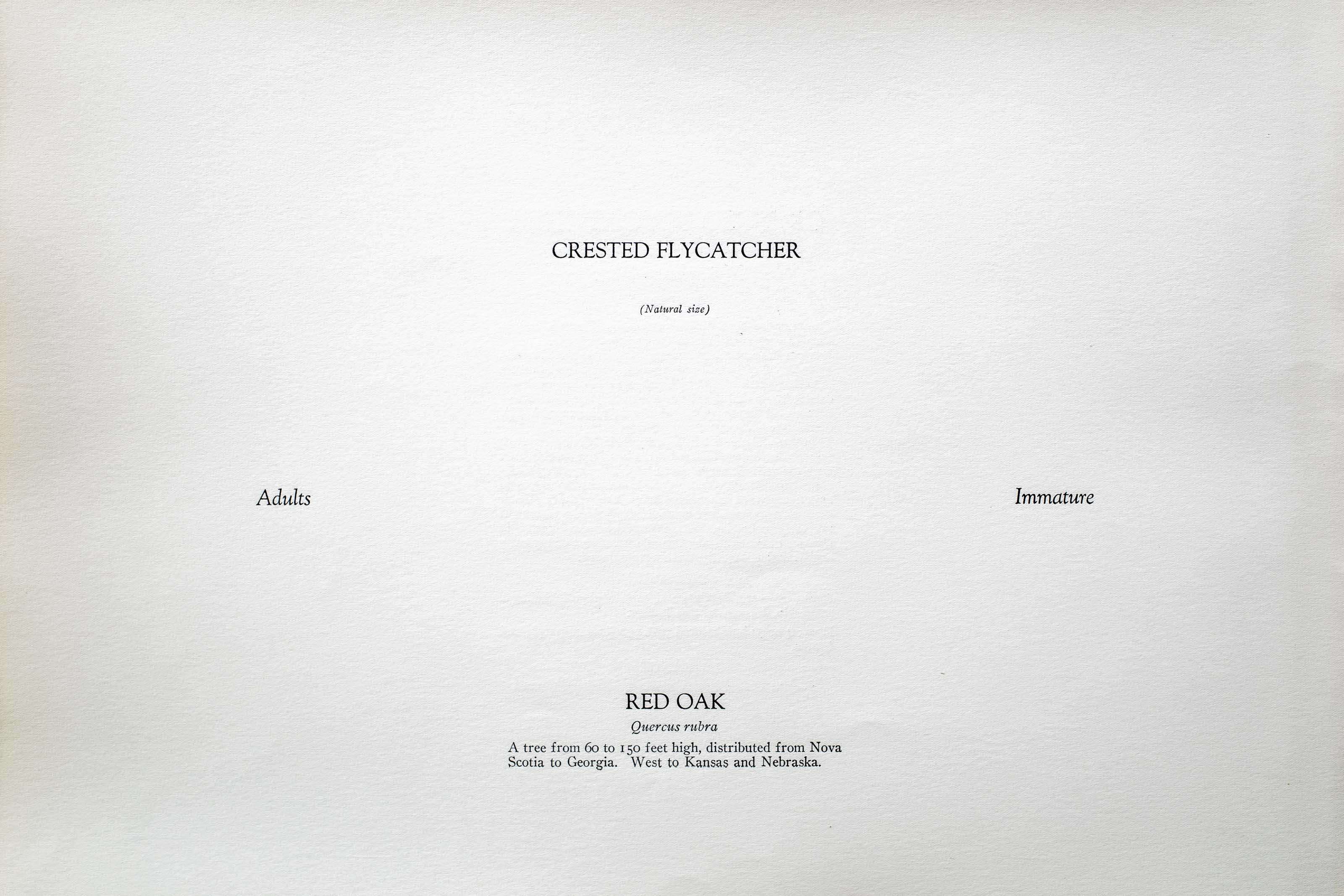


1911
1931
7
452
A team of dedicated board members, volunteers, and student interns has published every page in Volume 9. This volume includes 360 images of paintings and lyrical descriptions of birds, now available online for everyone to enjoy anywhere in the world. This is a monumental task. Each volume requires approximately 400 hours to photograph, edit, transcribe, catalog, and publish online. We need your support to complete this work.
If you're tech-savvy, have a good eye, are meticulous with details, and love structured data, please consider volunteering by emailing us at hello@rexbrasher.org.
We encourage all bird lovers and supporters to consider a monetary donation to support our mission to make Rex's work available for everyone. You can provide a one-time or recurring donation online.
The reason why a bird or animal performs a certain act will vary according to the observer's angle.
Writers have attributed many motives to the CRESTED FLYCATCHERS' habit of surrounding their nests with a castoff snakeskin, with nebulous result — they probably do not know and could not tell us if they did. However we all like to push open the door inscribed WHY even if we come out the same way.
Wherever these Flycatchers reside their emphatic wheeps dominate all other bird voices. In a vocal contest even the noisy Blue Jay succumbs. They are less belligerent than Kingbirds but their imperious call seems to effectively warn marauders from the vicinity. Their peculiar eggs were among the highly prized treasures of my early collection. They were common locally in thickets of central Long Island where most of my early ornithological investigations were pursued.
NEST: of grass, rootlets and bark, always including a snakeskin, located in tree hollow.
EGGS: 4 or 5; buff-colored with pen lines of purple and brown.
Eastern United States, rarely to southern Canada.
A tree from 60 to 150 feet high, distributed from Nova Scotia to Georgia. West to Kansas and Nebraska.